London Natural History Museum Scavenger Hunt Deck
2011 – (See Cards | Deck Info | Download)…
The Natural History Museum, London Deck contains SPECIES cards of organisms that can be found on display at the museum. Note that this also includes some organisms represented as art (such as those on the ceiling of the Central Hall), as well as live specimens found in the garden. There is also one card that can only be found at NHM’s sister museum, the Natural History Museum at Tring. Also included in the deck are some EVENT cards that are depicted in their exhibits. These cards were highlighted in the Museum’s magazine (Second Nature – see article)

Moose
Alces alces

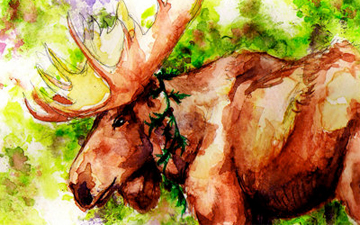

5 POINTS
Play: Alces alces has a MOVE of 2.
Fact: In Europe, a moose is known as a European Elk.

Increase Biodiversity
Event card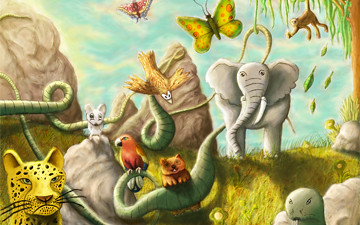
PLAY: can be played immediately for below effect and then discarded.
EFFECT: Allows player to look through his/her discard pile, and choose 1 SPECIES card to put back into his/her hand.

Gray Wolf
Canis lupus

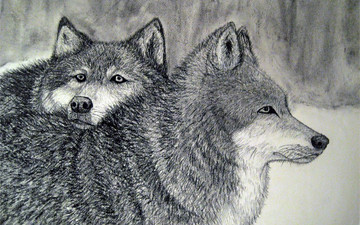
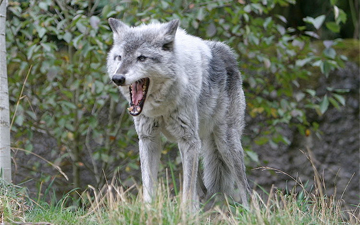
7 POINTS
Play: Canis lupus has a MOVE of 2.
Fact: Highly territorial, Canis lupus packs defend their territory through scent marking, howling, and direct attacks.

Resplendant Quetzal
Pharomachrus mocinno

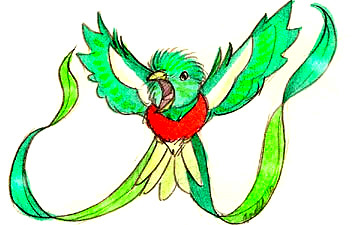
3 POINTS
Play: Pharomachrus mocinno has a FLIGHT of 2.
Fact: The ancient Aztecs and Maya viewed the quetzal as the “god of the air” and as a symbol of goodness and light.

Golden Lion Tamarin
Leontopithecus rosalia

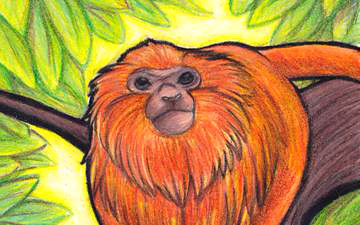
6 POINTS
Play: Leontopithecus rosalia has a MOVE of 2.
Fact:Local legends say that the Tamarin have psychic powers that help them hunt.

European Garden Spider
Araneus diadematus


10 POINTS
Play: Araneus diadematus has a MOVE of 2 and Araneus diadematus can feed on creatures of SCALE 5 or less.